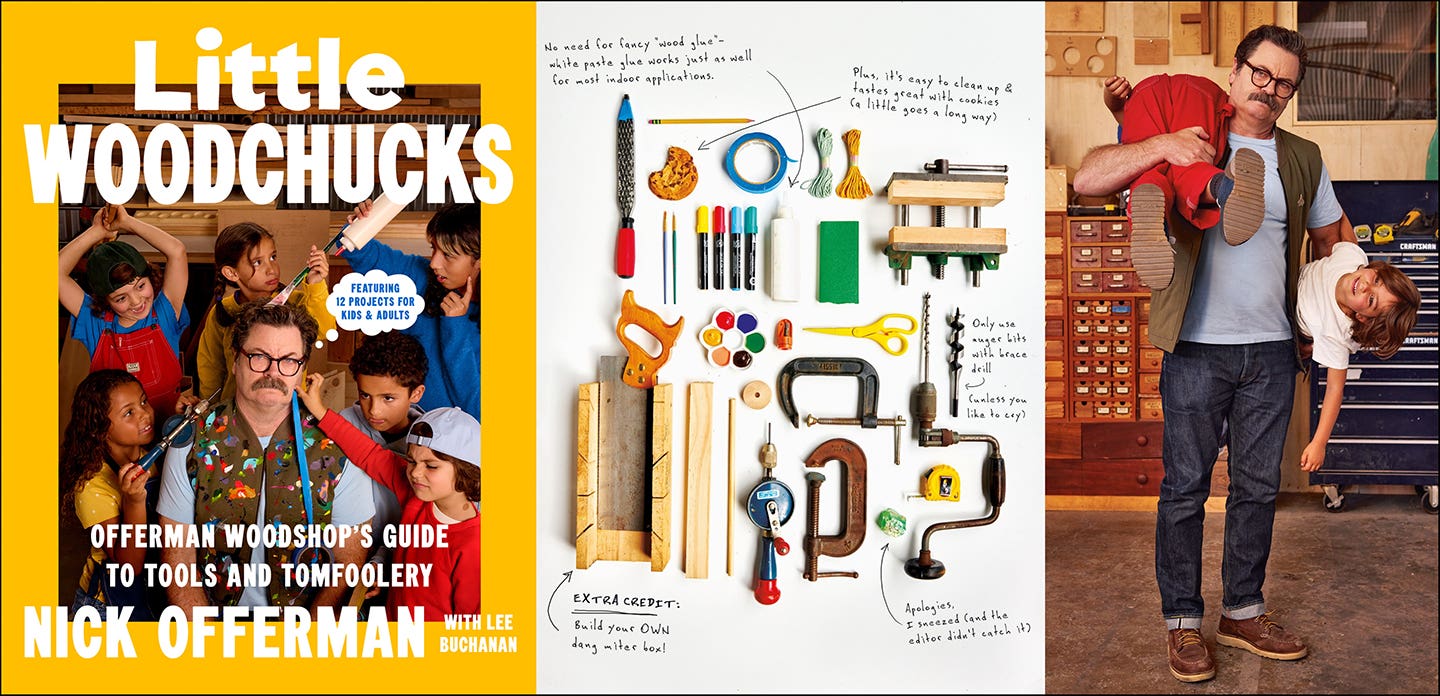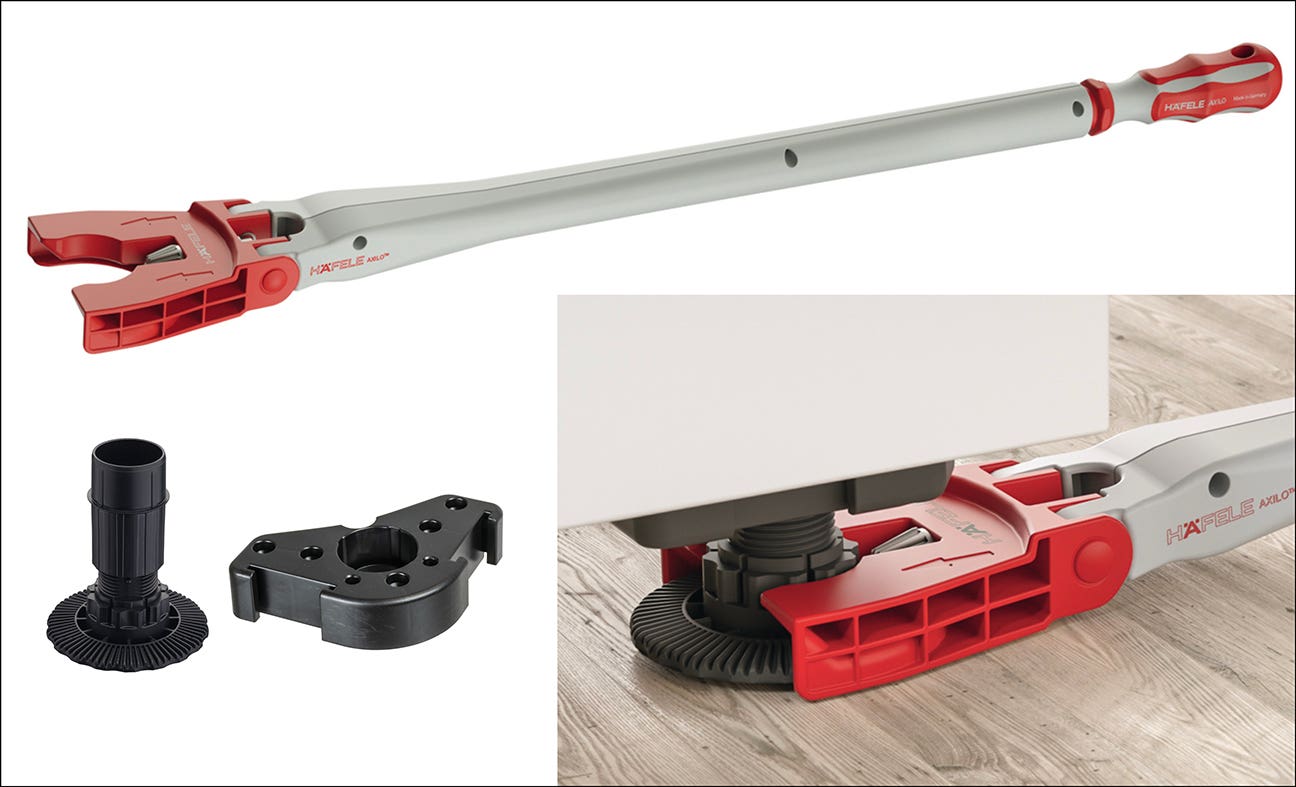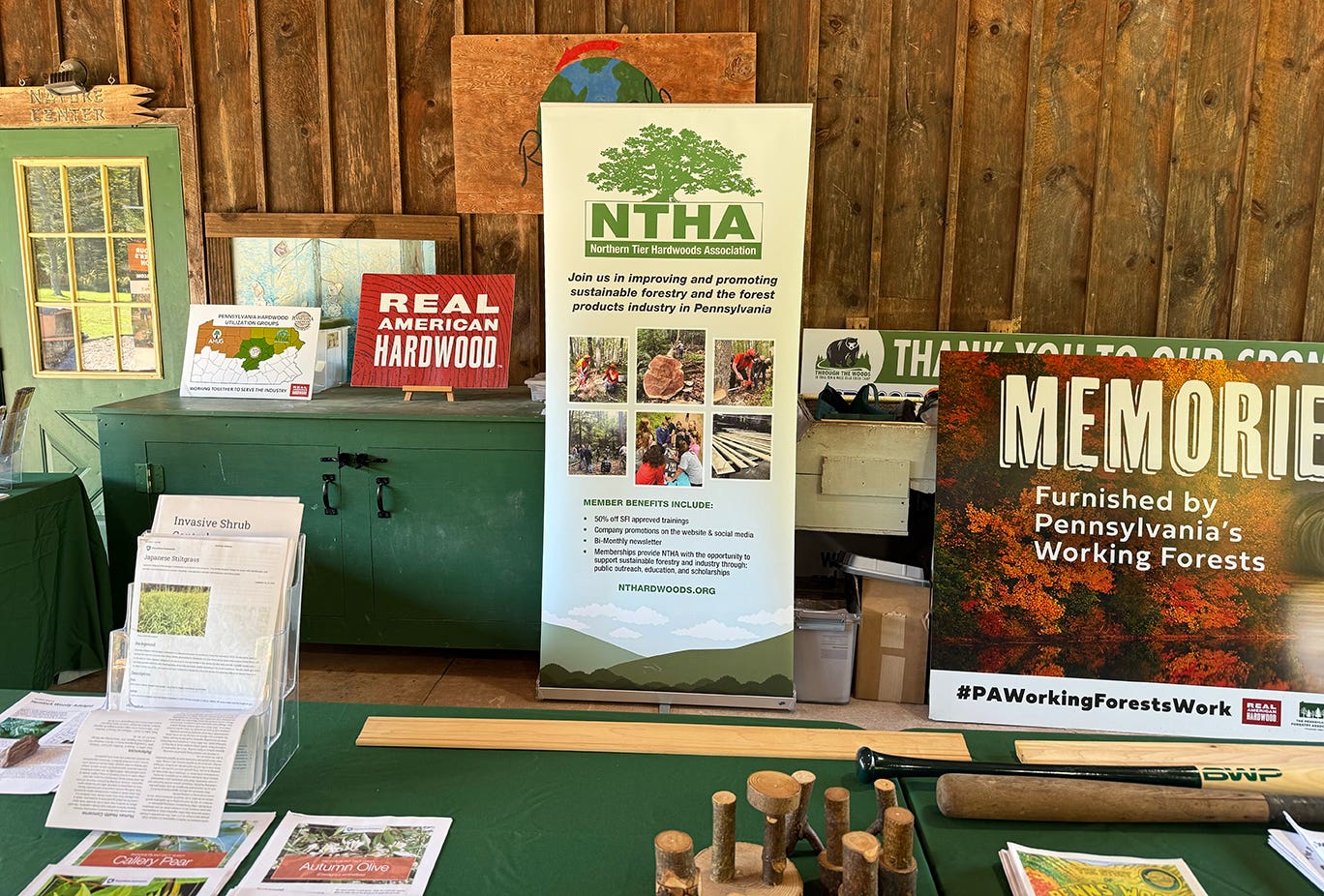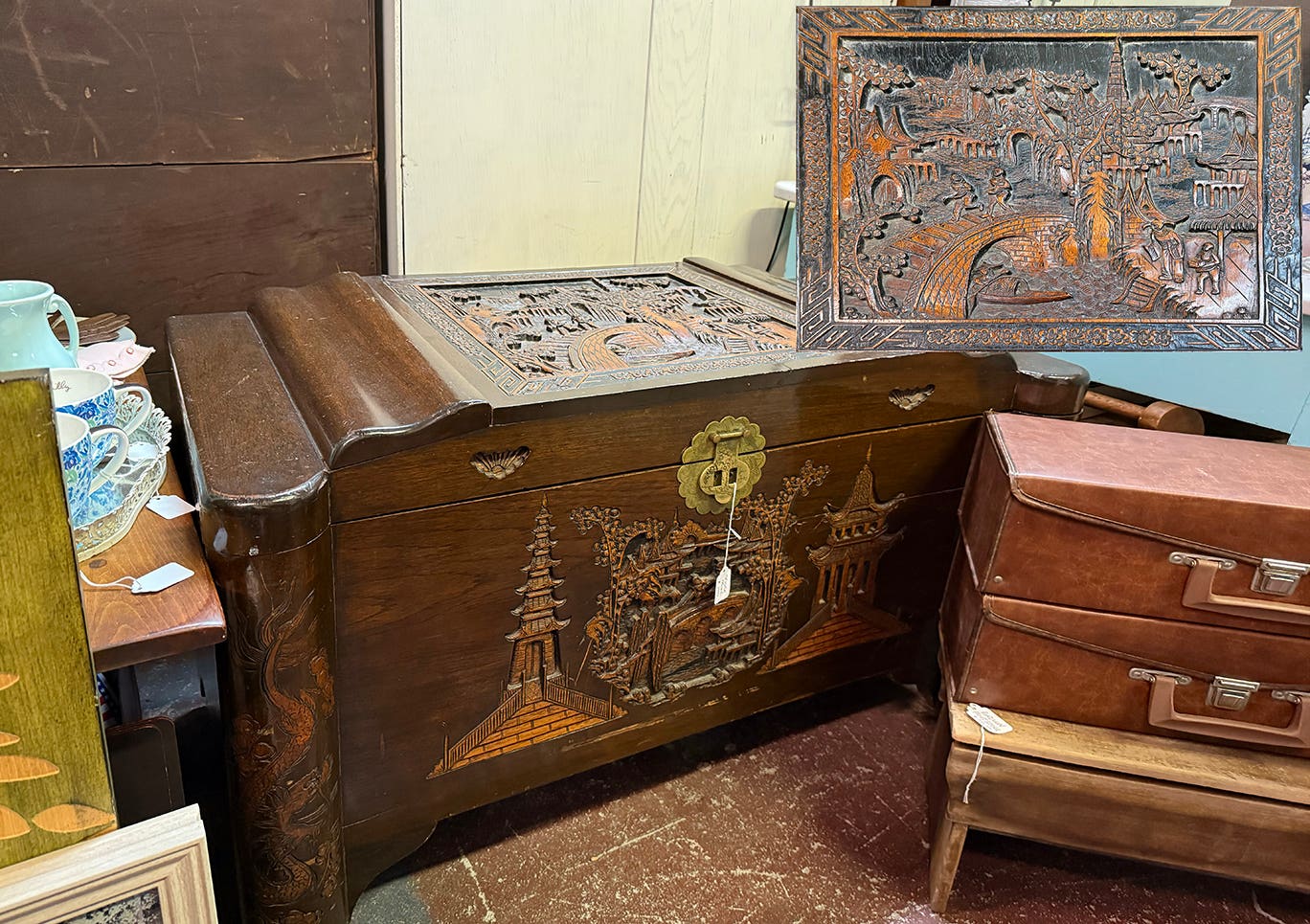Unsafe at any speed
Recently a question came up about “freehand” climb cutting on a router table. For those who don’t know, climb cutting is simply feeding the stock with, instead of against, the…
Recently a question came up about "freehand" climb cutting on a router table. For those who don't know, climb cutting is simply feeding the stock with, instead of against, the cutter's direction of rotation.
Freehand climb cutting with a table-mounted router (or on a shaper) is unsafe at any speed. That does not mean that it cannot be done. It simply means that you need to be aware of the dangers and take every precaution to protect yourself.
I really fail to see why anyone would have to do this. Is it because you don't want to bother taking the router out of the table? Or with pulling the bit and mounting it in another router? Because if this is the case, you would be sacrificing safety for a few moments of time. Not the best trade-off in my book. Climb cutting is much safer when the router is hand-held and the stock is secured.
It might be better to acquire a second router. Or to get a second base for the one you have so you can swap the motor easily.
The whole issue of safety has an element of subjectiveness to it. If you were going to insist on being completely safe, you would probably not get any woodworking done at all. But when you are involved in an operation that has known risks, it becomes a matter of when, not if.
Whether or not it would be better to use an alternative technique rather than take the risk is a judgment you have to make for yourself. But I can tell you this: there is no worse feeling than the one you get in that split second after you have had an injury accident, knowing that you could have prevented it.
D.D.
David DeCristoforo possesses an extensive resume as designer/maker of fine furniture, high-end cabinetry and architectural woodwork. His experience in professional woodworking spans a period of 35 years. For the past 20 years David DeCristoforo Design has been located in Woodland, California. During this time David's shop has ranged in scope from a "full on" cabinet production shop with as many as 15 employees to a small fine furniture and custom millwork shop, working with his son, David RBJ, a highly skilled maker in his own right.







